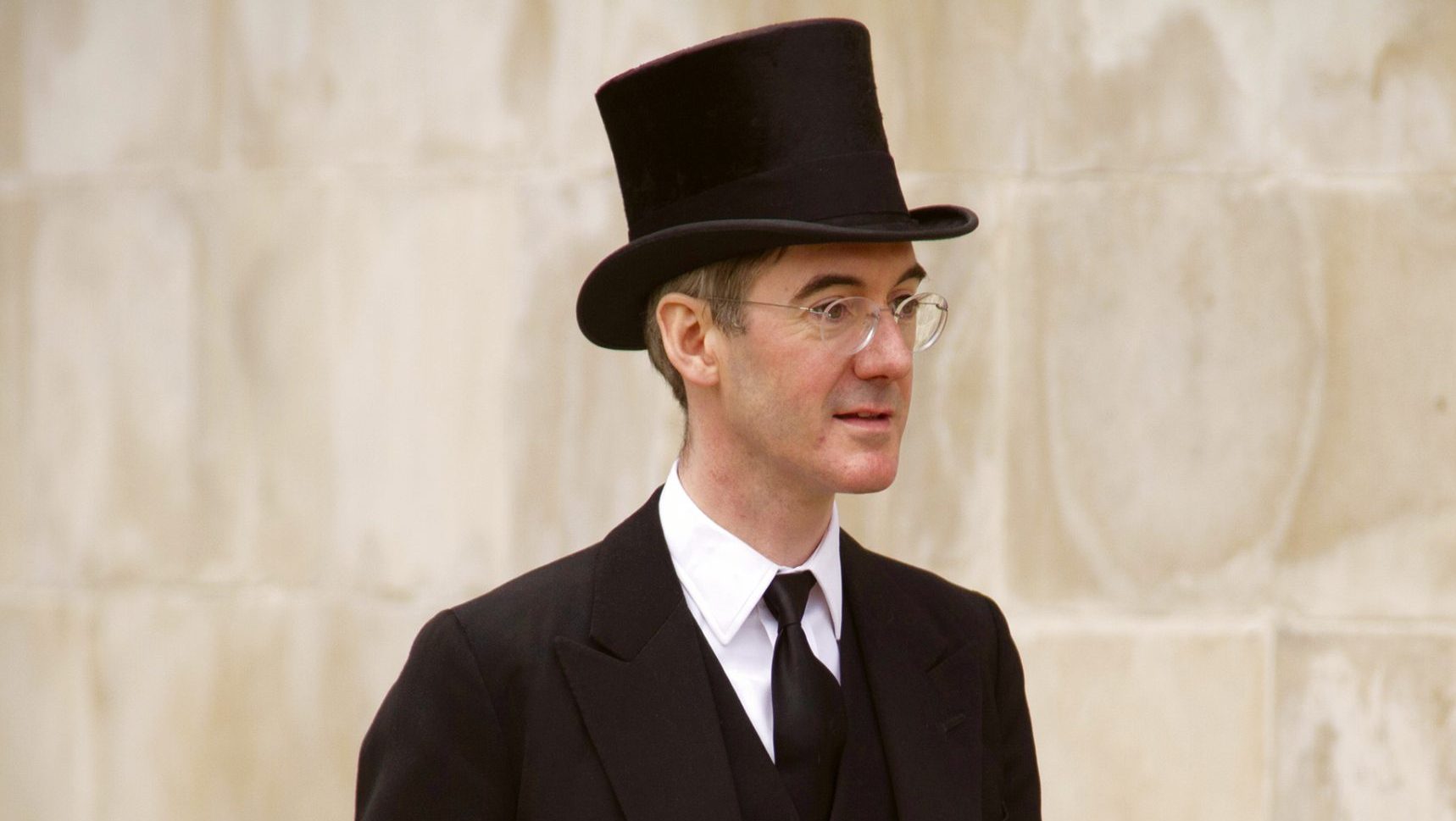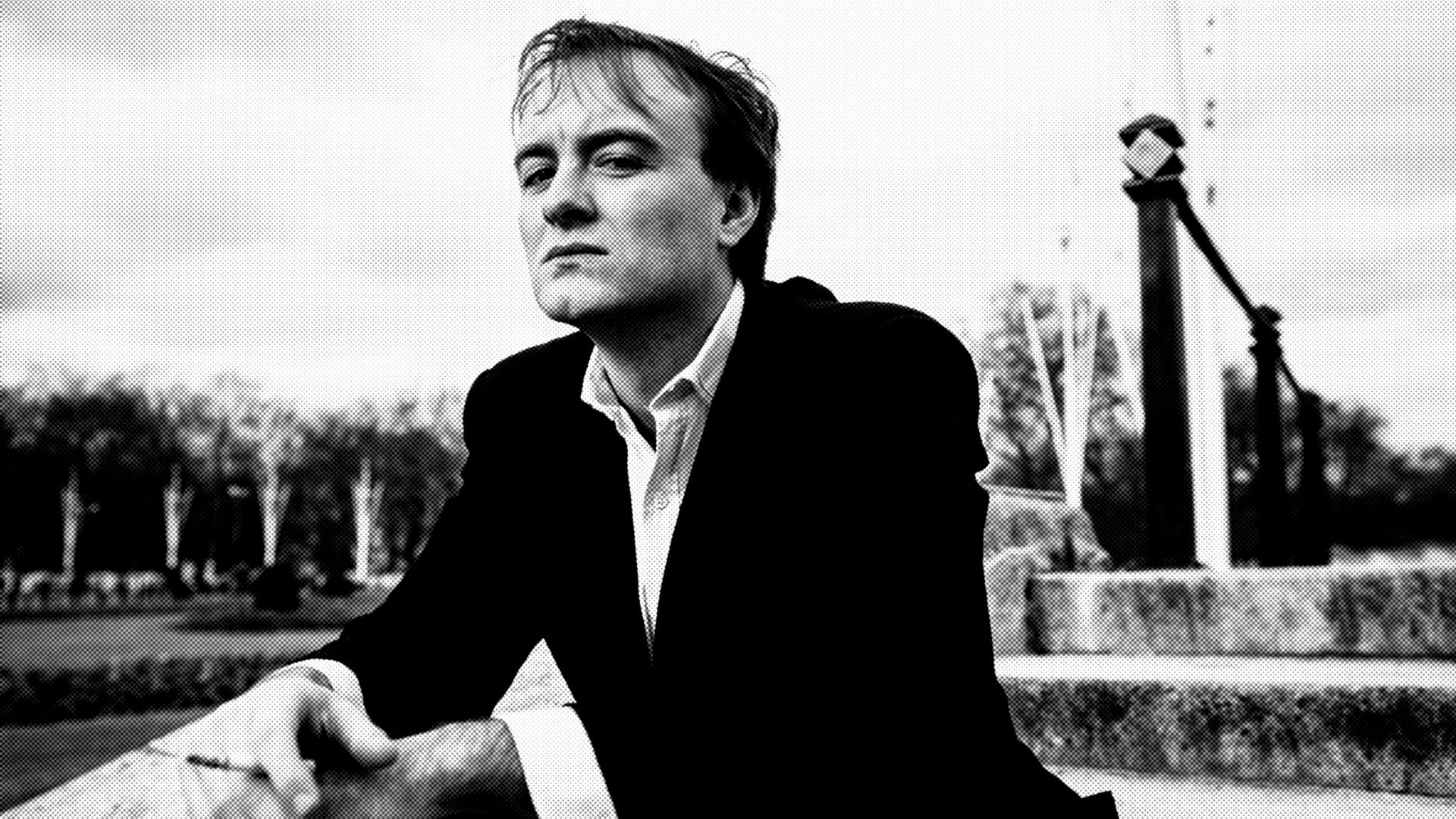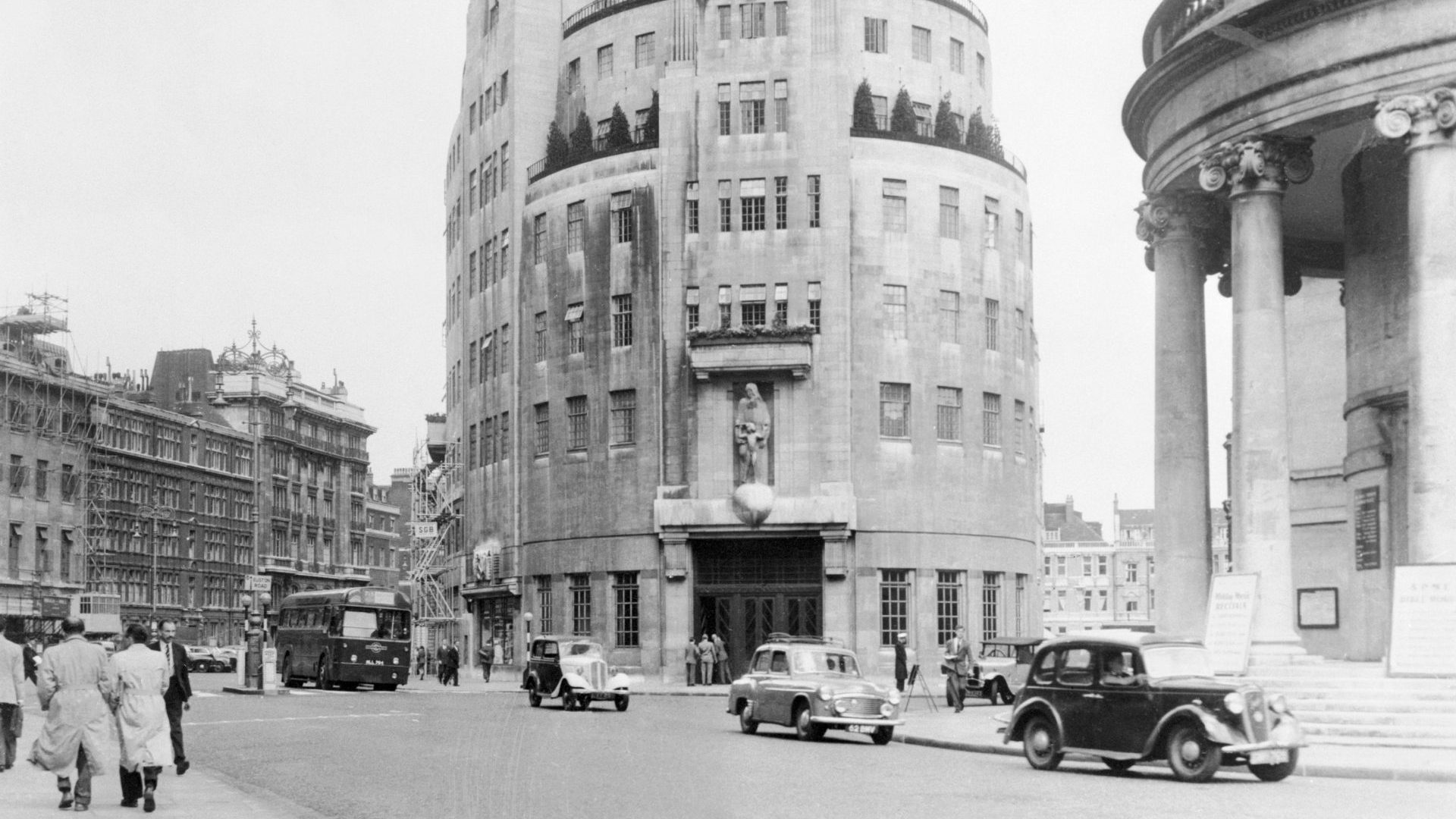Although it has been revealed that his maternal grandfather once worked as a dairyman and a lorry driver while his paternal grandmother was the actress daughter of poor Irish immigrants to New York, Jacob Rees-Mogg will no doubt continue to try to pass himself off as a true blue blood.
“I think it was watching Brideshead Revisited in the Eighties that got him into all of this,” one friend of the leader of the House once told me. “He’d loved to have been a member of that Catholic aristocracy.”
Instead, as Rees-Mogg’s biographer Lord Ashcroft has noted, “Most historians would categorise the Rees-Moggs as ‘minor gentry’, lesser members of the landowning class… they could never be viewed as having been notably rich or dazzlingly grand.”
Recordings reveal that the leader of the house’s accent has got considerably plummier over the years, and even his double-barrelled surname arrived almost by accident. In 1806, his great-great-great-grandfather John Rees, a cleric from the Vale of Glamorgan, incorporated his wife Mary Mogg’s surname as a condition of them inheriting her family’s estate.
Rees-Mogg has sometimes appeared to take a too literal interpretation of his faith, too, in particular its doctrine of subsidiarity, that social matters ought to be handled by the smallest, lowest or least centralised competent authority. That’s consistent with his comments a few years ago about how he saw the rapid increase in food banks across the country as “rather uplifting.”
Quite possibly, this was a factor, too, in Rees-Mogg’s decision to campaign so hard to get the UK out of Europe. The Catholic church did not officially take a position on Brexit. Donald Trump’s former adviser Steve Bannon – himself a Catholic – was reported in 2019 to have met with directors of the Catholic Herald to turn it into “America’s Catholic version of The Spectator.”
All that aside, I would still very much like to see my old friend Rees-Mogg – he once used to send me fan notes when he caught me on television – on an episode of Who Do You Think You Are?
As Rupert Murdoch’s toady-in-chief, Michael Gove could normally count on an influx of donations on those occasions the tenancy of No 10 Downing Street was up for grabs.
This time around, Gove is clearly considered a poor bet with former benefactors, such as the former Carpetright boss Lord Harris of Peckham, businessman Alan Massie and property developer Zachariasz Gertler, all keeping their wallets tightly closed. Gertler last saw fit to make up £100,000 in donations last summer.
Gove once fancied his chances against Johnson – knifing him in the leadership election that followed David Cameron’s departure and then standing himself – but has never managed to win over Tory members who will decide the next leader.
There was a time when independent newspapers used to despatch their own photographers – at their own cost – to photograph government ministers. Over the weekend, the Daily Telegraph went big on a very obviously posed shot of Grant Shapps, the transport secretary, sitting beside the social media personality Tommy Sargent.
In small type, the picture credit made it clear how unhealthily close the Telegraph has got to Boris Johnson’s government: “Tim Hammond/No 10 Downing Street.”
This was also a picture that was taken specifically with the Telegraph in mind –no other newspaper would conceivably have wanted to use it – as it showed Shapps ostentatiously reading none other than the Telegraph.
A call to a normally talkative former Telegraph colleague to ascertain whether the paper told 10 Downing Street to take the picture for Shapps posing with the Telegraph – or whether 10 Downing Street is now so unctuous they did it off their own bat – resulted in short shift.
“I am not getting into this one, but let’s just say there was a lively discussion here about whether or not to use Hammond’s picture credit. The trouble is Hammond is big on papers crediting him properly, but it’s often bloody embarassing.”
Taxpayers are charged not merely for Hammond to work out of 10 Downing Street, but also fellow photographers Andrew Parsons, Simon Dawson and Pippa Fowles. Rishi Sunak, meanwhile, poses for Simon Walker.
Exactly a year ago Labour’s Angela Rayner questioned why so much public money – each photographer is on around £60,000 a year – was being made available for “a coterie of vanity photographers for the prime minister.” Sunak has since made demands for belt-tightening, but the photographers continue to clock in at Downing Street.
Boris Johnson’s falling opinion poll ratings are already starting to impact on his freelance earnings.
He reports in the latest register of MPs’ interests that up to December 20 – some weeks after the first of the Partygate stories broke on December 1 – he made £960 from his publishers Hodder & Stoughton on royalties for books he’d already written. That’s down sharply on the months before, when he was trousering up to £2,397 a month.
Whether the Daily Telegraph would have Johnson back is a moot point. The late co-owner of the paper Sir David Barclay told me they only paid him £270,000 as he kept saying how strapped for cash he was. Sir Frederick – Barclay’s surviving twin – isn’t as close to Johnson or as indulgent.




